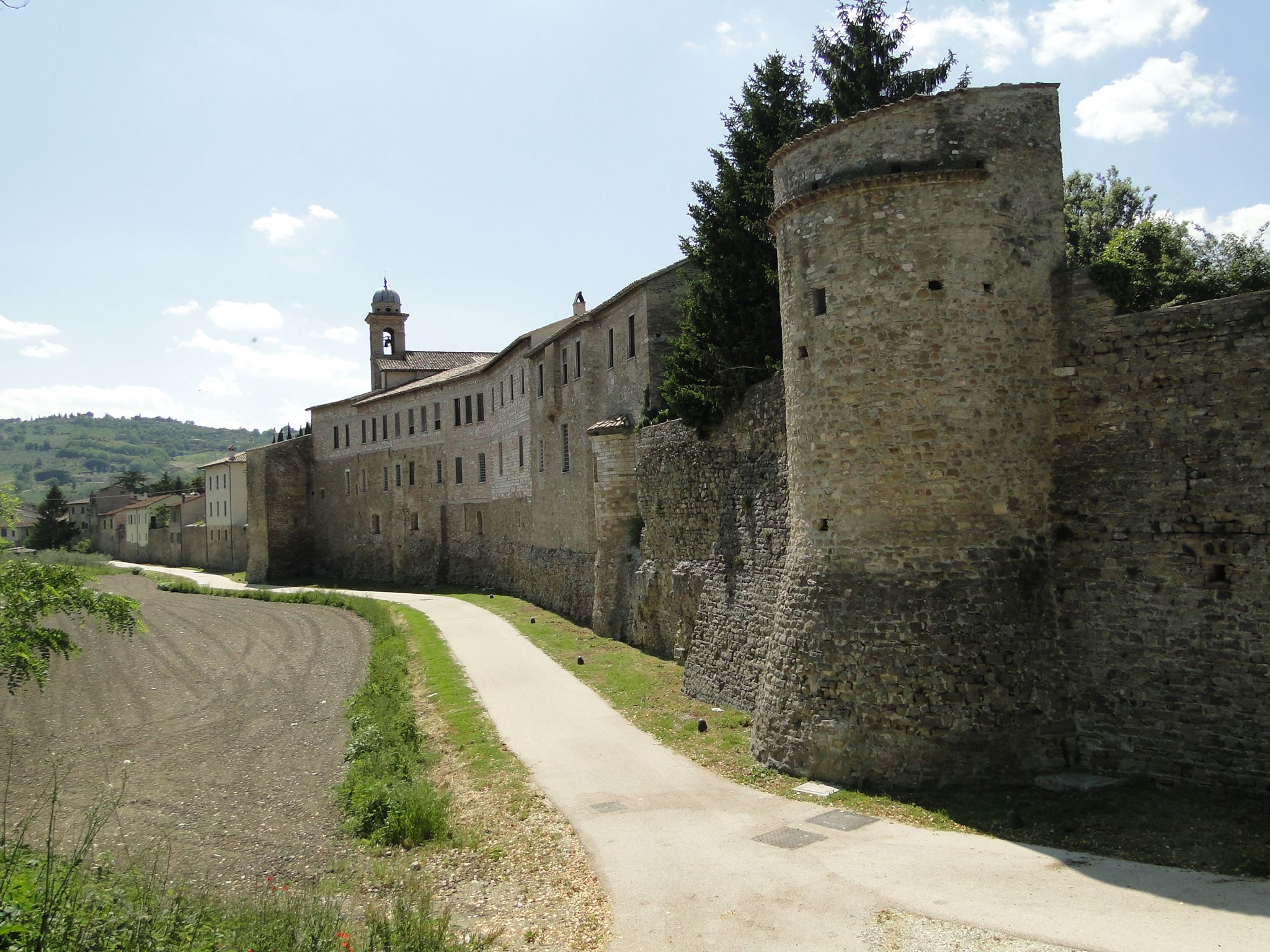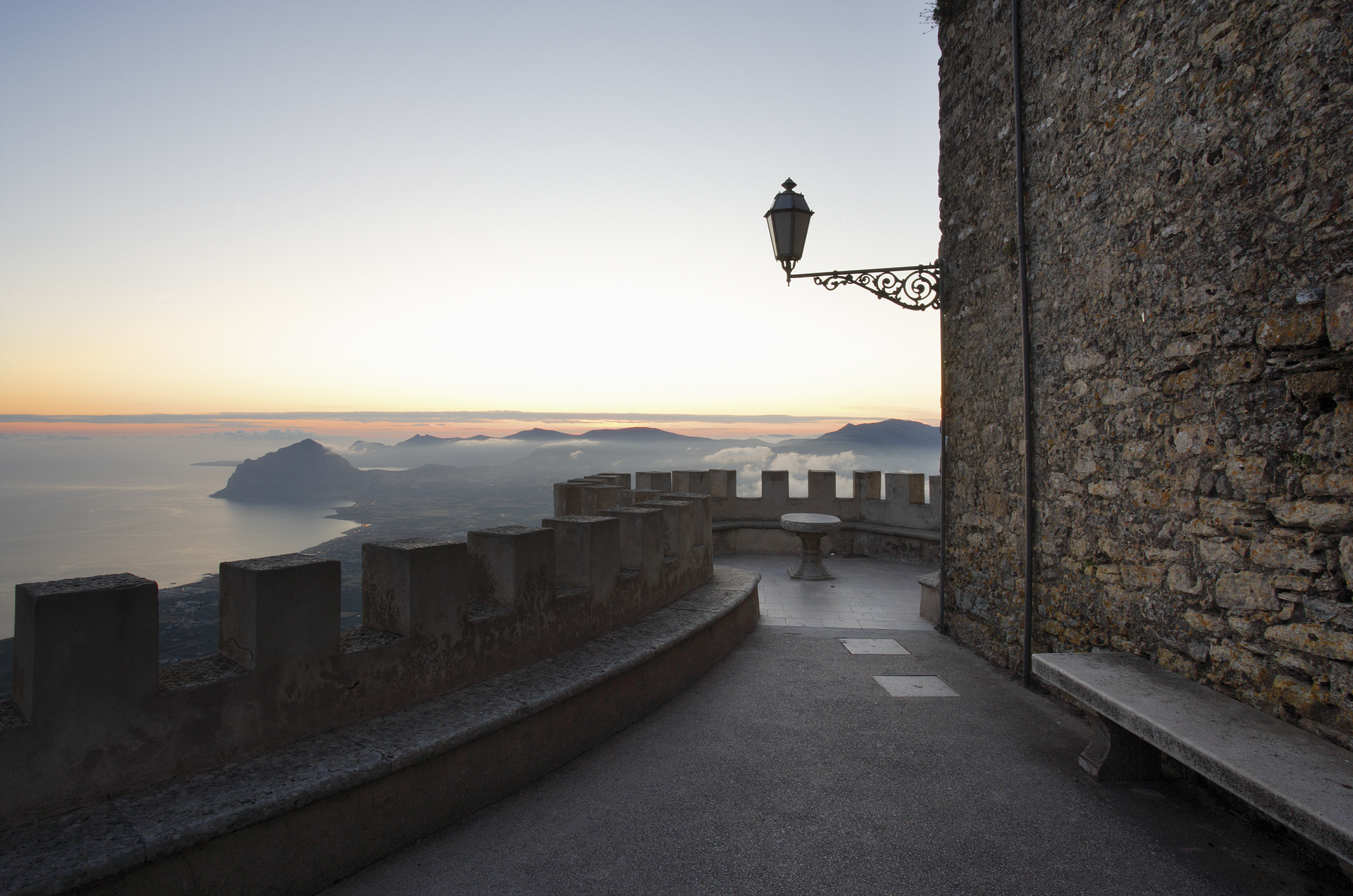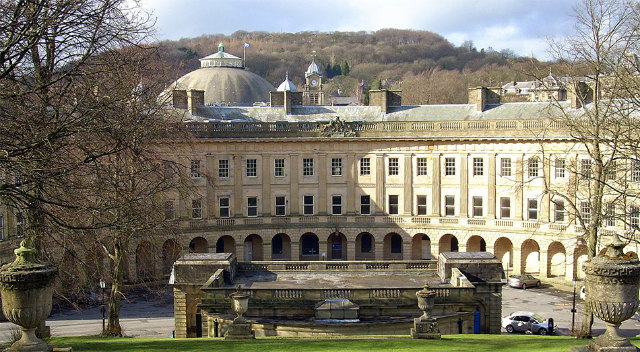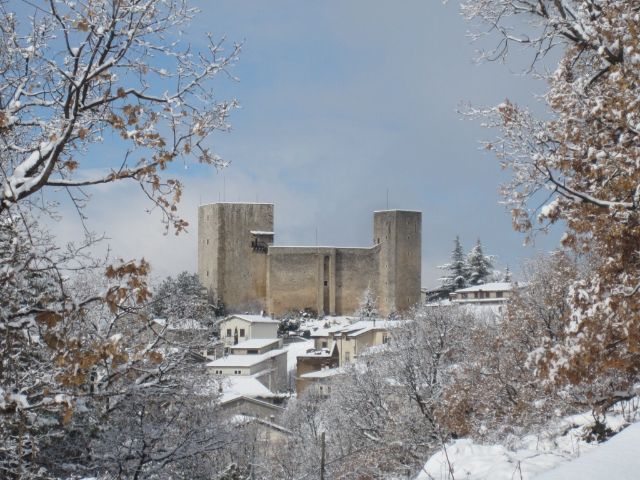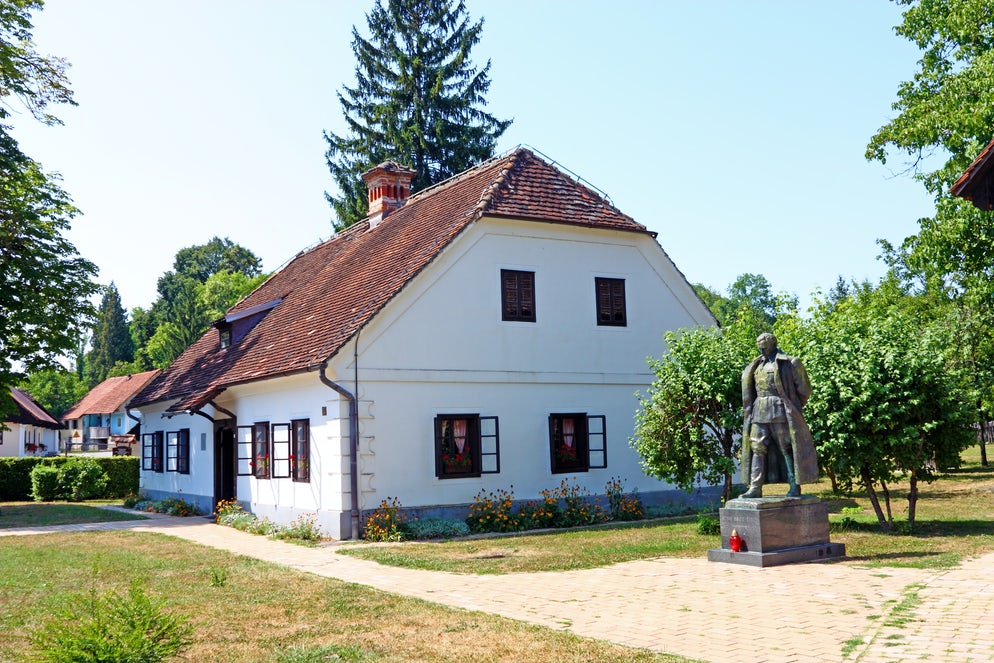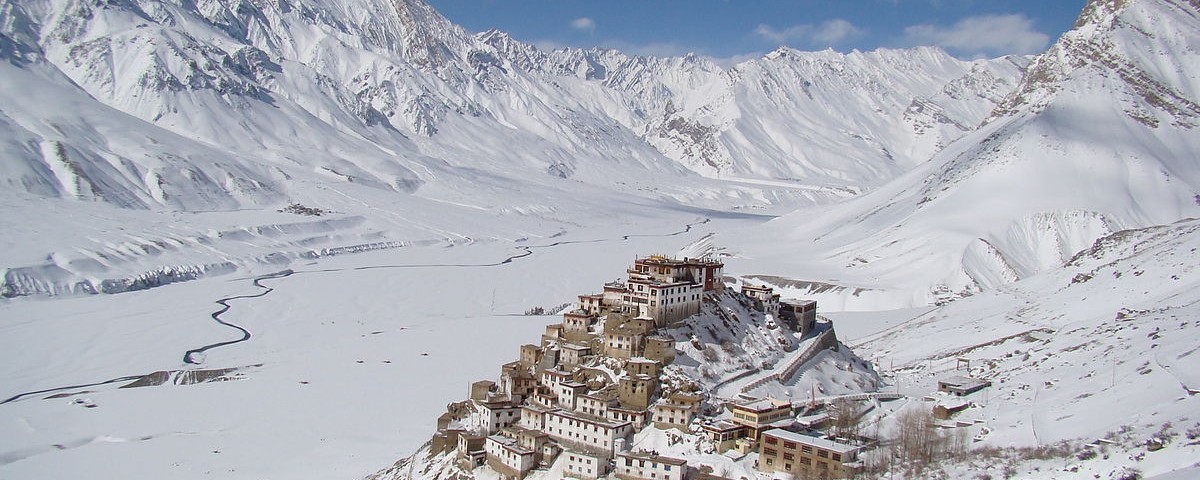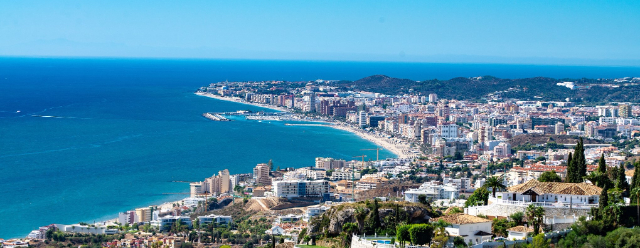Bevagna is at the center of the Umbrian Valley, behind Assisi with its load of strong spirituality, in front of Spoleto, the capital of contemporary culture, music, theater, dance. Bevagna is also at the center of the path that goes from Florence to Rome, not far from the Via Francigena, the same path that for centuries has seen poets, writers, artists and philosophers, traveling through the Bel Paese in search of art, history and landscapes. Bevagna, ancient Mevania, capital of the Umbrian tribes, at the center of land and waterways…..nel his name "city that is in the middle" an ancient and modern reality.
Crossed by the important Roman consular Flaminia and surrounded by water, the Clitunno, the Timia, the Teverone …..Bevagna is a precious casket full of gems, a place where time slows down, offering suggestions and atmospheres in which the traveler can feel protagonist and not only spectator…art and history, the story of the stones and the story of men, the ancient crafts and products of the earth…
The ancient city, like the actual one, rose on a light prominence of the Umbrian Valley, surrounded on three sides from the water courses of the Tinia and the Clitunno. Political and religious capital of the people of the Umbrians, Mevania is in fact to the center of a "system" of ways of water and earth, between great and small sanctuaries, that of it make the pivot also commercial of the entire Valley.
The opening, around 220 B.C., of the Flaminia consular road, which constitutes the decumanus maximus (today’s Corso Amendola-Matteotti) puts it in direct communication with Rome. The so-called "Trivio", meeting point between the decumanus and the cardo maximo (today’s via Crescimbeni-via S. Margherita) identifies the forum of the Roman city, which from 90 B.C. became municipium, ascribed to the Aemilia tribe.
From the third century. AD begins a long period of decline. Entered in the orbit of the Ducato Longobardo of Spoleto (from which the term Gaite to indicate the quarters), after the franca conquest the town is from the 1187 free Common governed from the Consoli, and suffers of the struggles between Papato and Empire. The fulcrum of the medieval installation moves in the today Silvestri square, jewel of architecture with the two Romanesque churches and the town hall. During the ‘200 the mendicant orders, Franciscans, Dominicans and Augustinians, are inserted in the building fabric with their churches. In 1371 it has beginning the Signoria of the Trinci, that will govern it until 1439.
The reclamation of the lowlands, started in the course of the XV sec., does not give substantial impulse to the agricultural economy bevanate, centered above all on the cultivation and workmanship of the hemp. From 1554 to 1860 the city passes definitively under the dominion of the Church of Rome. The interventions of private building of the XVII and XVIII century give to the suburb the present aspect.
In 1825 it receives from Leo XII the title of city and shortly after, in 1832, it is damaged by the earthquake.
Remained substantially in marginal position from the economic point of view, in the last 20 years the city has discovered a new tourist vocation becoming, with its products of excellence (wine and oil above all), the intact medieval atmosphere and the variety of receptive structures, symbol of a serene and simple life, oasis of peace and beauty, far from the excesses of modernity.
